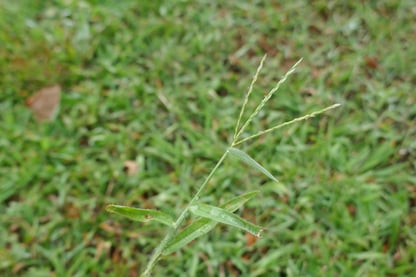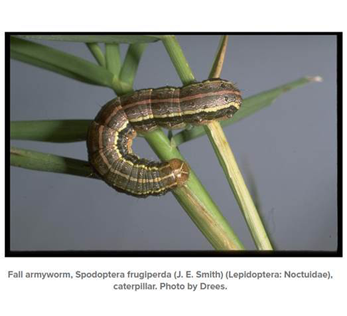Rain and hot weather have caused a multitude of problems in the southern region this season. Crabgrass pressure is heavy this year due to weather. Crabgrass enjoys hot temperatures thriving in 80-100 F. With these conditions, we see Crabgrass invading turfgrass areas, especially where irrigated.


Quali-Pro’s Quinclorac is a great option for post-emergence crabgrass control in cool-season turf and is generally safe prior to seeding (see product label for details). Quali-Pro’s Quinclorac can “clean up” the crabgrass prior to fescue seeding in September.
This product is highly effective for post-emergence control of crabgrass and is best applied when small (one-to-three leaf -one tiller) or when Crabgrass is mature (four tillers and over). Quinclorac can boost broadleaf activity when tank-mixed with other broadleaf-specific herbicides, especially phenoxies like 2,4-D. Quinclorac can also provide you excellent control of some broadleaves, like white clover and dandelion. Quinclorac 1.5L liquid herbicide is the latest technology in providing unsurpassed crabgrass control. When compared to a dry flowable formulation, the new liquid formulation offers superior results.


Many Managers in the Southeast are still battling white grubs. Last month, we shared tips on grub treatments during peak periods that you should find helpful.
Another pest we are hearing of becoming problematic this season is the Fall Armyworm, (Spodoptera frugiperda). True armyworms get their common name from their habit of gathering in large numbers, forming ranks and trekking across the countryside eating every bit of turf grass and other crops along the way. Early detection is critical as they can cover up to 60 miles a day feeding most actively in the early morning and late afternoon.
Scouting for Armyworms should be done in early morning or late afternoon, as they tend to hide during the heat of the day from predators. Another indication of Armyworm pressure is birds feeding on turf areas. Treating for these pests can be tricky, and treatment while Armyworms are still actively feeding is essential.
Quali-Pro’s Bifen I/T 7.9 F is an excellent product for Fall Armyworm suppression. Postpone irrigation or mowing for 24 hours after application to obtain the best possible control. Oftentimes after the Fall Armyworm damage is done it is too late to treat, as the caterpillars have finished feeding and moved into the soil to pupate.